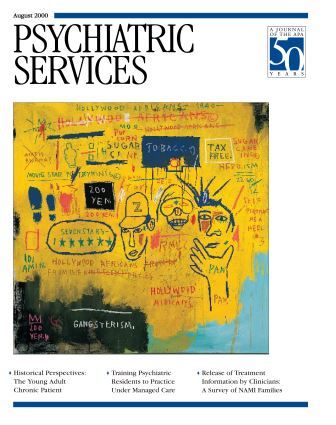Referral and Housing Processes in a Long-Term Supported Housing Program for Homeless Veterans
Abstract
OBJECTIVE: The study examined client characteristics, case management variables, and housing features associated with referral, entry, and short-term success in a Department of Veterans Affairs (VA) national intensive case management and rental assistance program for homeless veterans. METHODS: Information collected from homeless veterans at the time of initial outreach contact and from case managers during the housing search was used to create logistic regression models of referral into the program and successful completion of several stages in the process of obtaining stable independent housing. RESULTS: Overall, only 8 percent of the more than 65,000 eligible veterans contacted by outreach workers were referred to the program. Those referred were more likely to be female, to have more sources of income, to have recently used VA services (including residential treatment), and to have serious mental health problems. Once in the program, 64 percent of veterans eventually moved into an apartment, and 84 percent of those who obtained an apartment were stably housed one year later. In general, activities of case managers, such as accompanying the veteran to the public housing authority and securing additional sources of income, were associated with success in the housing process. The therapeutic alliance, clients' housing preferences, and the quality of housing were unrelated to retention of housing. CONCLUSIONS: This supported housing program was judged appropriate for a small percentage of eligible veterans. However, a large proportion of clients were successful in attaining permanent housing, which lends support to the effectiveness of the supported housing approach.



